Spicy Mustard, Chinese Style: 7 Zesty Secrets to Make Your Taste Buds Dance!
When it comes to bold flavors and nose-tingling heat, few condiments can compete with Chinese spicy mustard. Whether you're dipping your Peking duck wrap into a dollop of this golden paste or spreading it on a steamed bun, one thing’s for sure—this isn’t the mild yellow mustard from your local diner. In this blog post, we’ll dive deep into the world of spicy mustard Chinese style, uncovering its history, how it's made, why it hits different than Western mustards, and how you can make your own at home.
So buckle up, spice lovers! We’re about to take your palate on a fiery journey across Asia and back again.
Table of Contents
- What Is Chinese Spicy Mustard Anyway?
- The History Behind the Burn
- Why It Stings Differently Than Western Mustard
- Homemade vs Store-Bought: Which One Reigns Supreme?
- How to Make Homemade Chinese Spicy Mustard (Easy Recipe)
- Pairing Tips: What Goes Best With Chinese Mustard?
- Is Spicy Mustard Good for You? Let’s Break It Down
- Conclusion: Hot Stuff Ahead!
What Is Chinese Spicy Mustard Anyway?
Chinese spicy mustard—also known as “Jian Wei” or simply “hot mustard”—is traditionally made from crushed brown or black mustard seeds mixed with water or rice vinegar. Unlike its American counterpart, which uses vinegar for sharpness, Chinese mustard relies on enzymatic reactions to deliver that sinus-clearing punch.
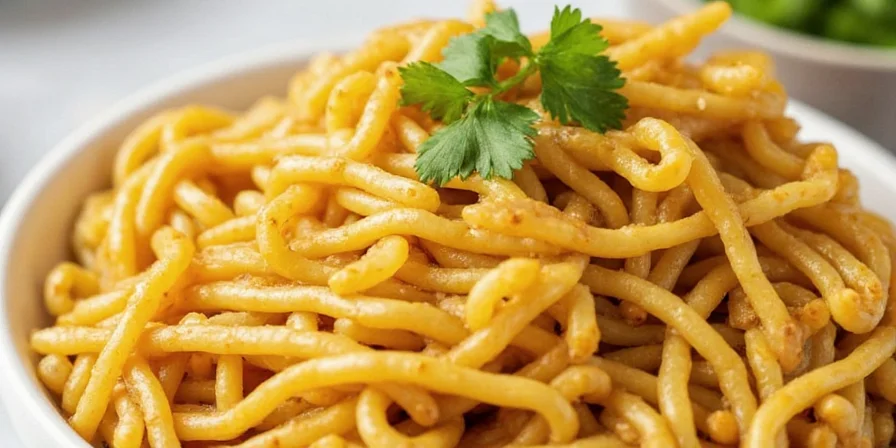
The Basic Ingredients
| Ingredient | Purpose | Alternative |
|---|---|---|
| Brown mustard seeds | Main source of heat and flavor | Black mustard seeds |
| Rice vinegar or water | Activates enzymes that create pungency | White vinegar |
| Salt | Enhances flavor and preserves | Omitted (optional) |
The History Behind the Burn
Mustard has been part of Chinese cuisine for centuries, though its exact origins are hard to pin down. Ancient texts suggest that mustard was used both medicinally and culinarily during the Han Dynasty. Over time, it evolved into a table condiment, especially popular in northern China where wheat-based foods like dumplings and buns dominate the diet.
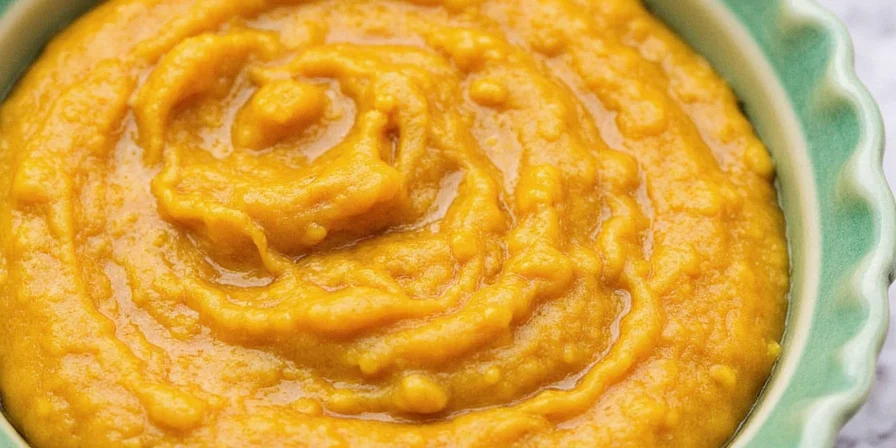
Why It Stings Differently Than Western Mustard
If you’ve tasted both French Dijon and Chinese spicy mustard side by side, you know they feel worlds apart. Here’s the science behind the sting:
- Western Mustard: Made with vinegar, which tames the enzymes responsible for the sinus-tingling effect.
- Chinese Mustard: Activated with water or rice vinegar, allowing allyl isothiocyanate—a compound similar to what’s in wasabi—to develop fully. This creates that intense, short-lived burn.
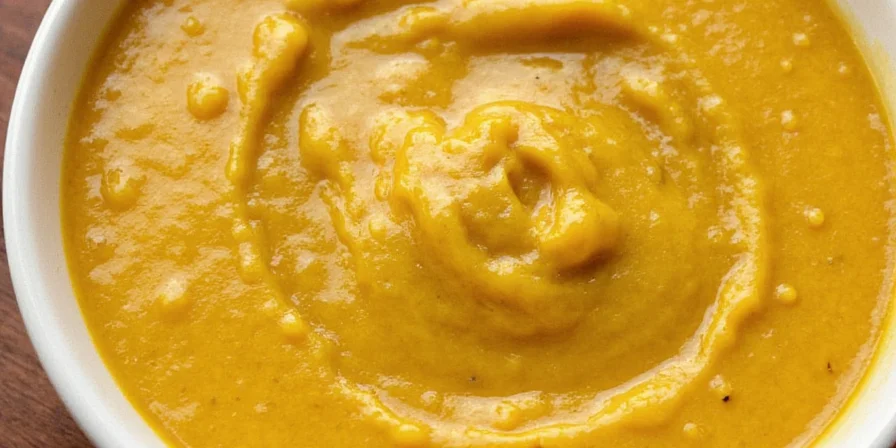
Homemade vs Store-Bought: Which One Reigns Supreme?
Store-bought spicy mustard may be convenient, but it often contains preservatives and thickeners to extend shelf life. Homemade mustard, on the other hand, gives you full control over ingredients and intensity.
| Aspect | Homemade | Store-Bought |
|---|---|---|
| Taste | Fresher, more aromatic | Mild, sometimes artificial |
| Customization | Yes – adjust heat, thickness, salt | No – fixed formula |
| Shelf Life | 1–2 weeks refrigerated | 6+ months unrefrigerated |
| Price | Cheap ingredients | More expensive per ounce |
How to Make Homemade Chinese Spicy Mustard (Easy Recipe)
Ready to channel your inner kitchen alchemist? This simple recipe takes just 5 minutes and three basic ingredients.
Ingredients:
- 2 tbsp brown mustard seeds
- 1–2 tbsp rice vinegar or warm water
- Pinch of salt (optional)
Steps:
- Grind the mustard seeds into powder using a mortar and pestle or spice grinder.
- Add liquid slowly while mixing into a thick paste.
- Let sit for 5–10 minutes to develop heat before serving.
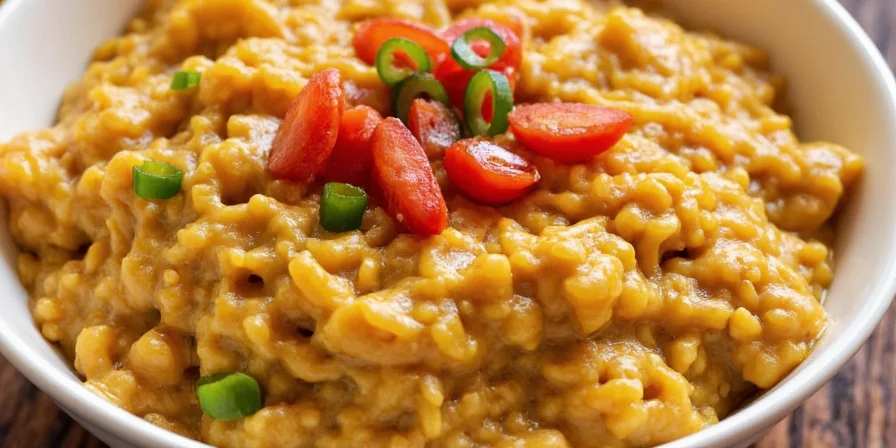
Pairing Tips: What Goes Best With Chinese Mustard?
Chinese spicy mustard plays well with rich, fatty, or bland dishes. Think of it as the flavor equalizer—balancing out oiliness and adding zest.
Top 5 Food Pairings
- Peking Duck Wraps: A match made in heaven
- Steamed Pork Buns: Adds kick to every bite
- Dumplings: Especially pork or lamb fillings
- Barbecue Meats: Cuts through the richness
- Egg Rolls: Gives them a flavor boost
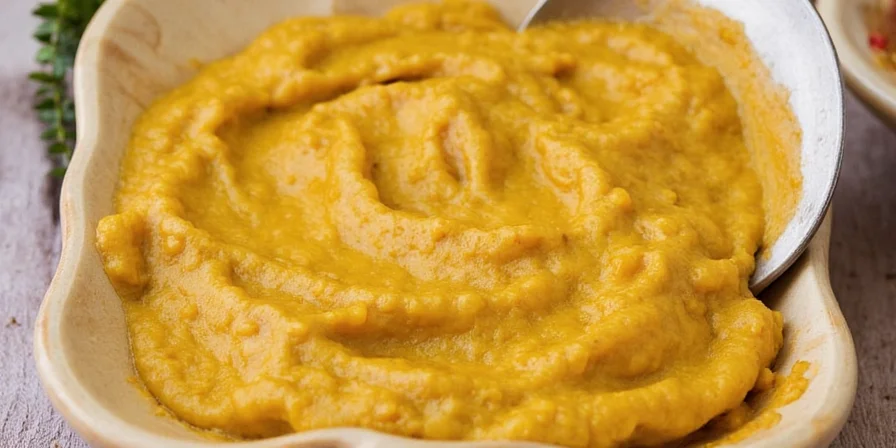
Is Spicy Mustard Good for You? Let’s Break It Down
Despite its small jar size, spicy mustard packs some serious nutritional punches:
- Low in calories: About 5 calories per teaspoon
- Anti-inflammatory properties: Thanks to mustard seeds and natural oils
- Boosts digestion: Stimulates appetite and helps break down proteins
Conclusion: Hot Stuff Ahead!
Whether you're a long-time fan of Chinese cuisine or just dipping your toe into its vast ocean of flavors, spicy mustard is a must-have in your pantry. It’s cheap, easy to make, and delivers a powerful punch that can transform even the simplest dish into something extraordinary.
Remember, a little goes a long way. Start with a dab and work your way up. And if things get too hot, don’t worry—we won’t tell anyone you grabbed a glass of milk.
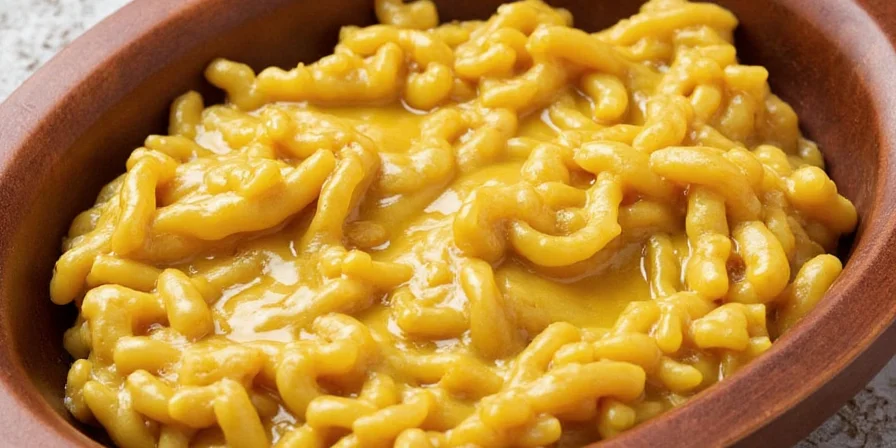
Want more global spice adventures? Subscribe to our newsletter and never miss a zesty beat.

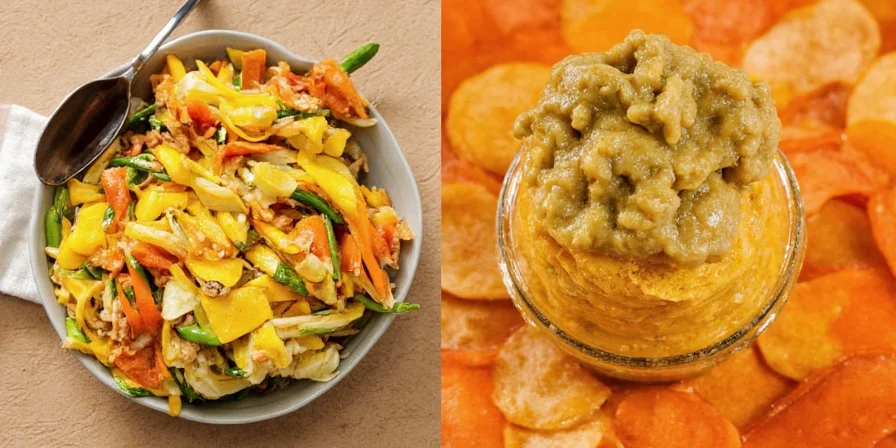









 浙公网安备
33010002000092号
浙公网安备
33010002000092号 浙B2-20120091-4
浙B2-20120091-4